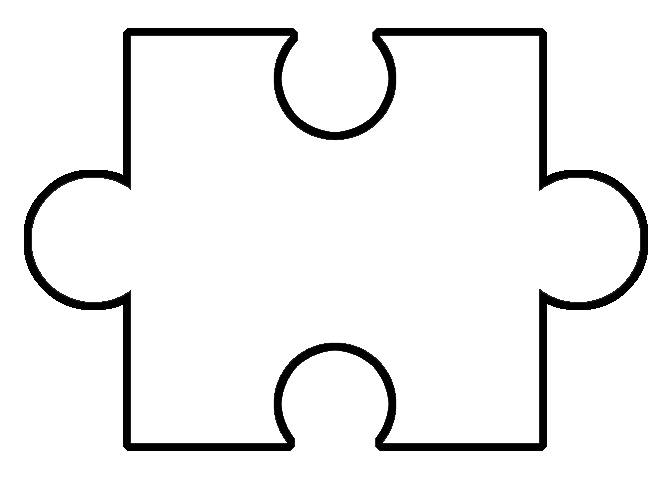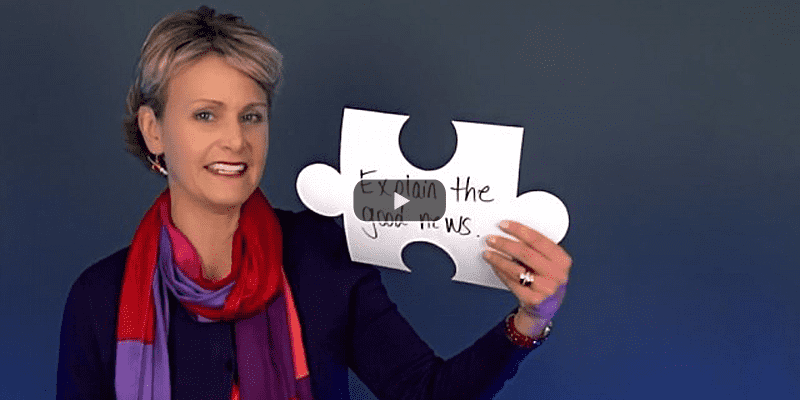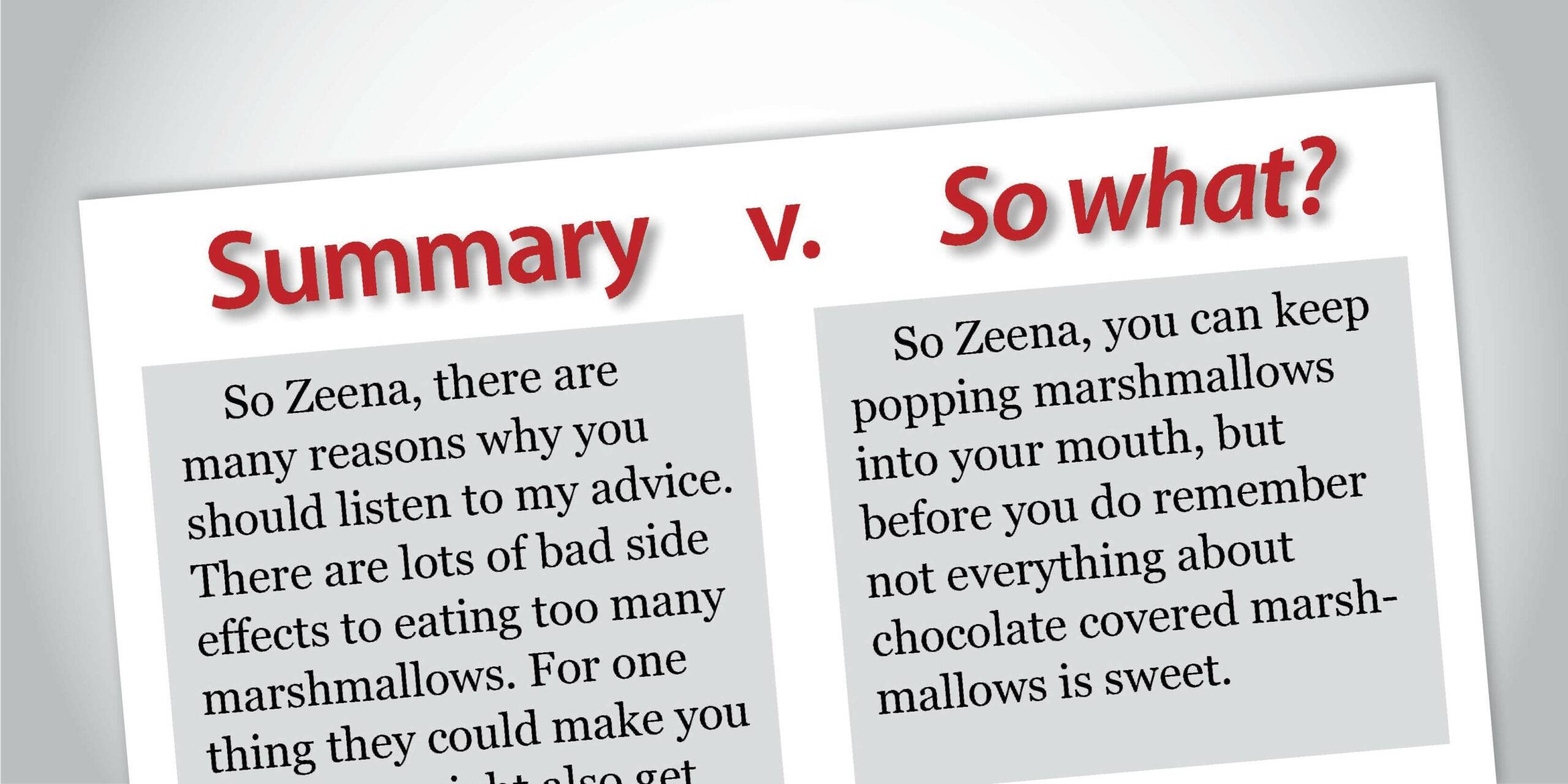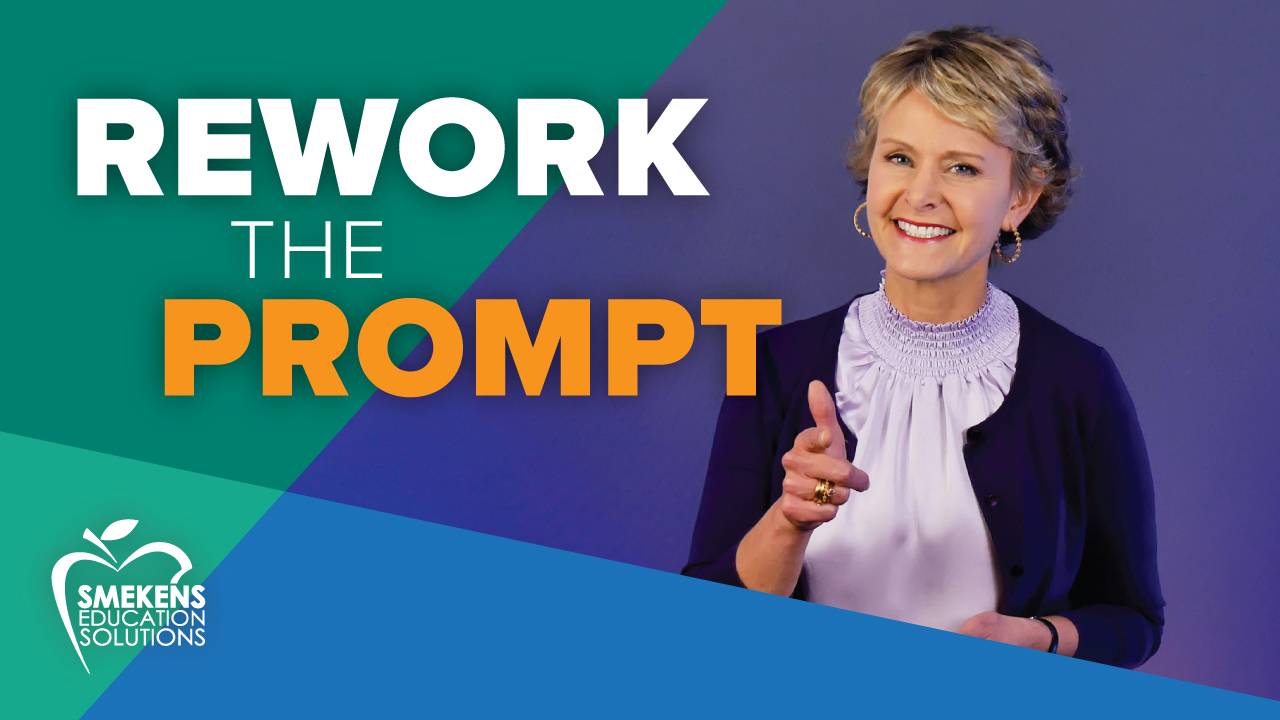Learning Center
Piece together informative introductions
april 18, 2017
When writing an informative introduction, students could include many different pieces in that first paragraph. Rather than giving students a recipe, teach them optional ingredients to build into their introductions. Think of a puzzle rather than a recipe. The ingredients become pieces of the puzzle that are crafted into an introduction.
Here are six different ingredients that could go in an informative introduction. (NOTE: Each ingredient should be introduced in a separate mini-lesson with corresponding writing samples.)
The first piece of the introduction puzzle is obvious. Students need to IDENTIFY THE TOPIC they’re writing about. Initially, students do this literally. I’m going to write about turtles or This essay is about To Kill a Mockingbird. To move students away from this literal announcing of a topic, show them how to incorporate the topic/subject surrounded by a fact. There are 63 types of turtles or Harper Lee wrote To Kill a Mockingbird.
Remember, it’s an informative writing. The writer is informing the reader or teaching the reader. Students must consider that the reader might not know much about the topic. It might be necessary to provide some BACKGROUND KNOWLEDGE. Background knowledge might come in the form of introducing or defining a key word. The topic or concept might require explanation or the subject might include a couple of key concepts.
There may be IMPORTANT PEOPLE relevant to the topic (e.g., individuals, families, leaders, groups, tribes, organizations, companies, etc.). Providing this information builds background knowledge for the reader, rather than assuming they already know a lot about the topic.
If it’s relevant, students could include a sentence or two about the SETTING, culture, habitat, season, timing, or era. The when and where could be introduced to the reader early in the first paragraph.
After introducing these puzzle pieces, show students how to craft an introduction by ordering the information in different ways. After dabbling with these four options, consider revealing two more. Although the first four puzzle pieces are flexible and universal to all types of information writing, these next two are specific to the writing topic, task, or purpose.
If the writing task includes an issue or conflict, then students might start by STATING THE PROBLEM. They could create a vignette—a scene or scenario that depicts the problem for the reader. A vignette could be followed by a definition of key words and a thesis statement.
If students are writing about a text, then the introduction is a logical place to include a one to two sentence SYNOPSIS, revealing the main setting, characters, and conflict. This then leads to a thesis statement.
And finally, let’s address the notion of a “hook” or attention-grabbing first sentence. That doesn’t have to be something in addition to what was described in this article. If the definition is interesting enough, it could be the hook. If the problem is startling enough, it could be the hook. If the setting is descriptive enough, it could be the hook. Again, the power of teaching the ingredients to an introduction is that students can then craft them in any order they choose.
Download the puzzle-piece graphics to build your own lesson resource.








